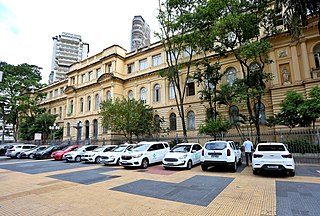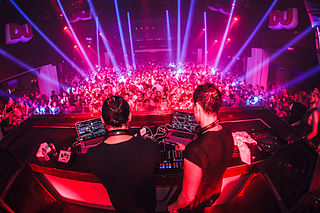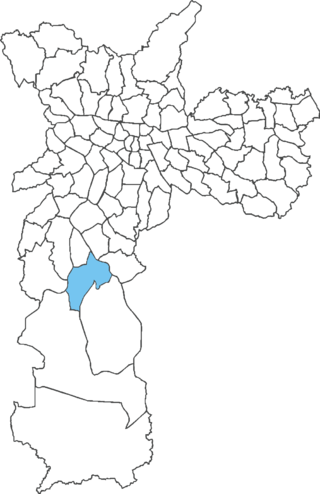Self-guided Sightseeing Tour #3 in São Paulo, Brazil
Legend
Guided Free Walking Tours
Book free guided walking tours in São Paulo.
Guided Sightseeing Tours
Book guided sightseeing tours and activities in São Paulo.
Tour Facts
1.3 km
16 m
Experience São Paulo in Brazil in a whole new way with our free self-guided sightseeing tour. This site not only offers you practical information and insider tips, but also a rich variety of activities and sights you shouldn't miss. Whether you love art and culture, want to explore historical sites or simply want to experience the vibrant atmosphere of a lively city - you'll find everything you need for your personal adventure here.
Activities in São PauloIndividual Sights in São PauloSight 1: EE Jeronymo Monteiro
The Department of Education of the State of São Paulo (SEDUC-SP) is the state agency responsible for matters related to the education network in the state of São Paulo. It is one of the 25 secretariats that make up the Government of the State of São Paulo.
Wikipedia: Secretaria da Educação do Estado de São Paulo (PT), Website
Sight 2: Terra Country Interlagos
A nightclub is a club that is open at night, usually for drinking, dancing and other entertainment. Nightclubs often have a bar and discothèque with a dance floor, laser lighting displays, and a stage for live music or a disc jockey (DJ) who mixes recorded music. Nightclubs tend to be smaller than live music venues like theatres and stadiums, with few or no seats for customers.
Sight 3: Bola Sport Clube

Futsal is a football-based sport played on a hardcourt like a basketball court, smaller than a football pitch, and mainly indoors. It has similarities to five-a-side football and indoor football.
Sight 4: Polícia Militar
The Polícia Militar do Estado de São Paulo is a military law enforcement agency of in the state of São Paulo, Brazil. It is the largest state police force in the country, with over 100,000 personnel in its ranks, in several battalions throughout the state as well as within the Greater São Paulo region which itself comprises 40 cities and towns.
Sight 5: Praça Parque das Árvores
Cidade Dutra is one of 96 districts in the city of São Paulo, Brazil.
Share
How likely are you to recommend us?
Disclaimer Please be aware of your surroundings and do not enter private property. We are not liable for any damages that occur during the tours.
GPX-Download For navigation apps and GPS devices you can download the tour as a GPX file.



